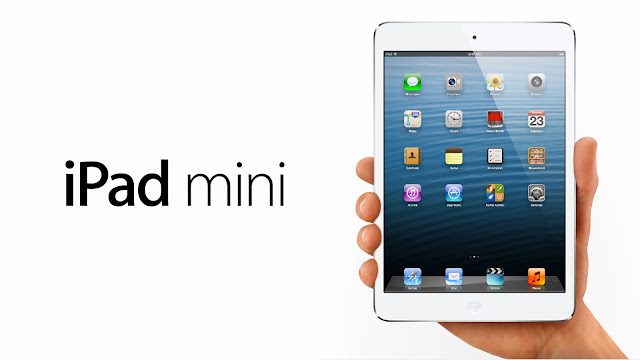#include<conio.h>
#include<iostream.h>
#include<dos.h>
#include<process.h>
void main()
{
clrscr();
char ch,a[]={"Hello world This is me"};
int j=0;
cout<<"Uppercase Alphabetes\n\n";
for(int i=65;i<91;++i)
{
j++;
ch=i;
cout<<ch<<":"<<i<<"\t";
if(j==10)
{
cout<<"\n";
j=0;
}
}
j=0;
cout<<"\n\n\nLowercase Alphabetes\n\n";
for(i=97;i<123;++i)
{
j++;
ch=i;
cout<<ch<<":"<<i<<"\t";
if(j==10)
{
cout<<"\n";
j=0;
}
}
cout<<"\n\n\nDigits\n\n";
for(i=48;i<58;i++)
{
ch=i;
cout<<ch<<":"<<i<<"\t";
}
cout<<"\n\n\n\n\t\t";
for(i=0;a[i]!='\0';++i)
{
cout<<a[i];
sleep(1);
}
exit(0);
}
-------------------------------------------------------------------------------------------
#include<iostream.h>
#include<dos.h>
#include<process.h>
void main()
{
clrscr();
char ch,a[]={"Hello world This is me"};
int j=0;
cout<<"Uppercase Alphabetes\n\n";
for(int i=65;i<91;++i)
{
j++;
ch=i;
cout<<ch<<":"<<i<<"\t";
if(j==10)
{
cout<<"\n";
j=0;
}
}
j=0;
cout<<"\n\n\nLowercase Alphabetes\n\n";
for(i=97;i<123;++i)
{
j++;
ch=i;
cout<<ch<<":"<<i<<"\t";
if(j==10)
{
cout<<"\n";
j=0;
}
}
cout<<"\n\n\nDigits\n\n";
for(i=48;i<58;i++)
{
ch=i;
cout<<ch<<":"<<i<<"\t";
}
cout<<"\n\n\n\n\t\t";
for(i=0;a[i]!='\0';++i)
{
cout<<a[i];
sleep(1);
}
exit(0);
}
-------------------------------------------------------------------------------------------












